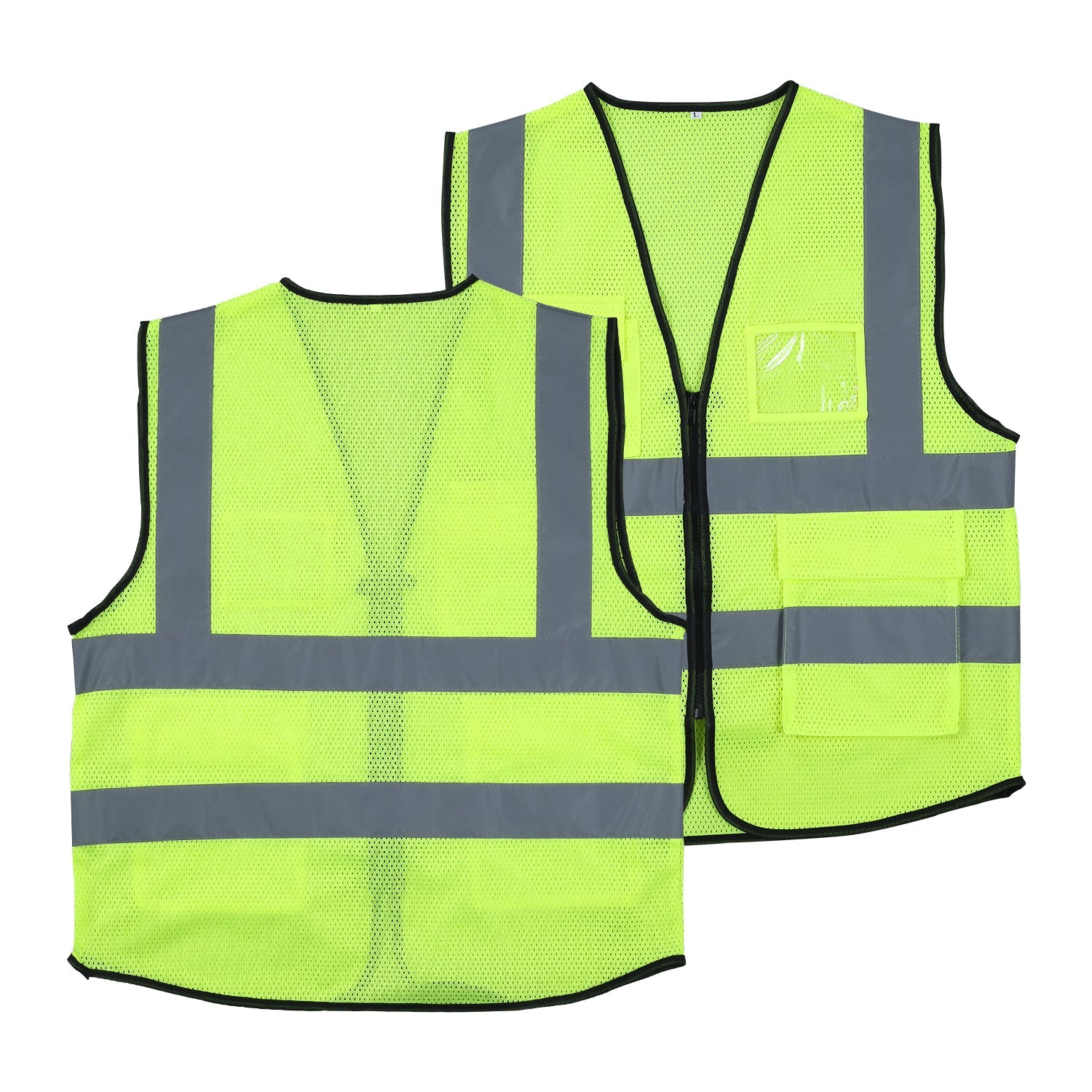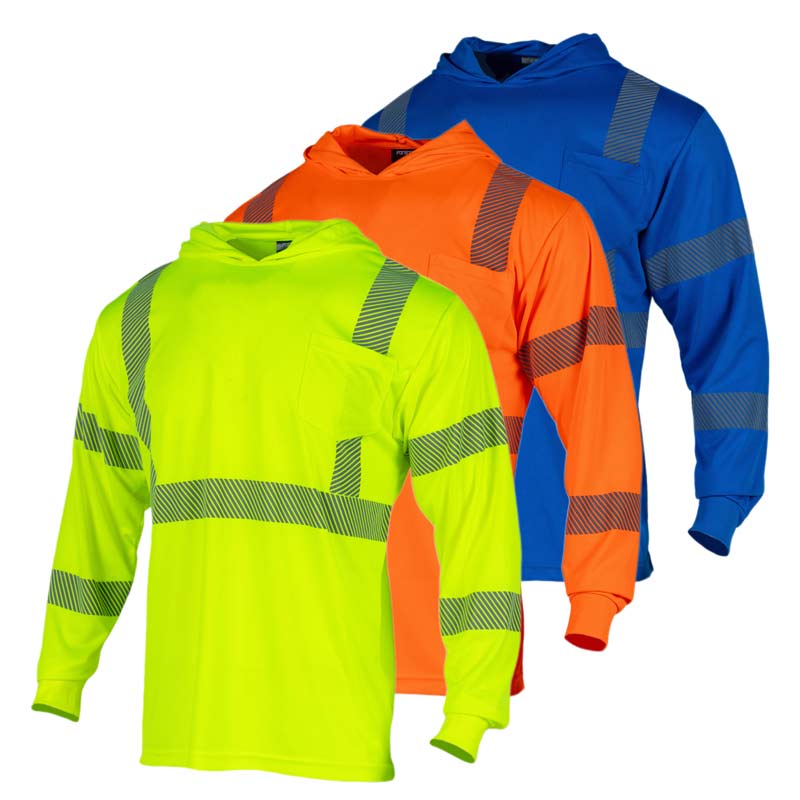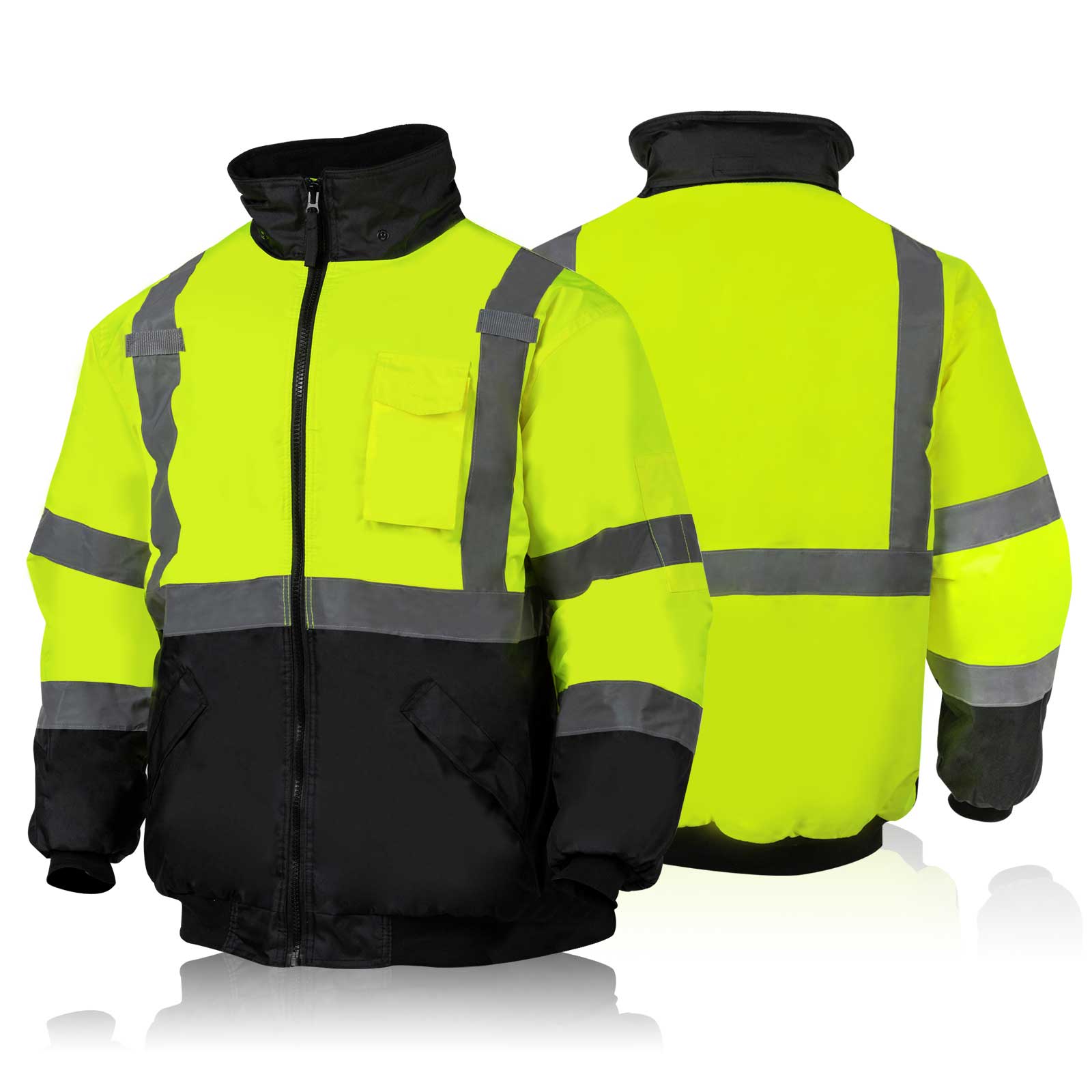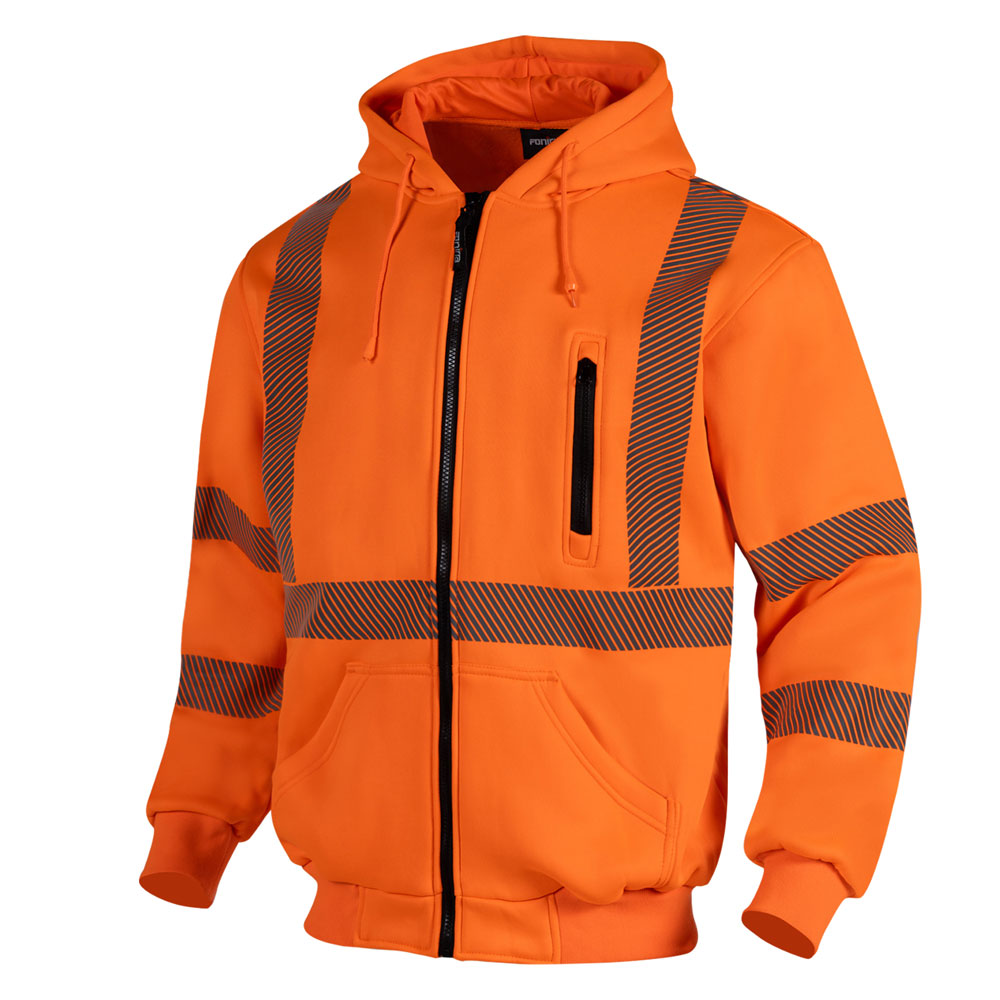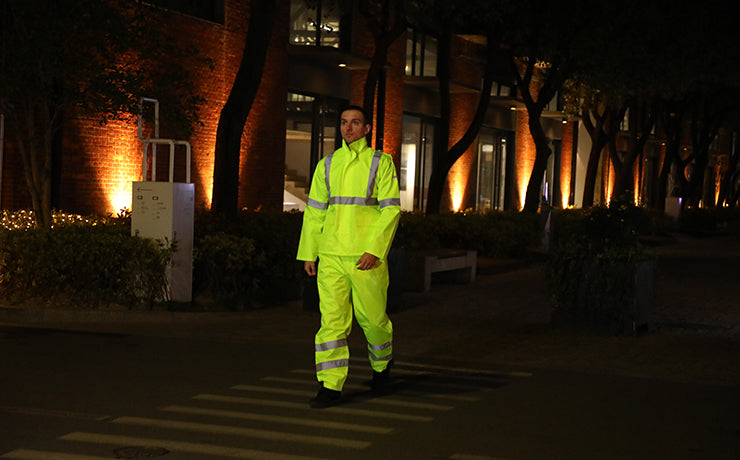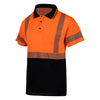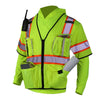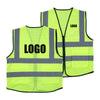Understanding NFPA 2112 Standard for Fire-Retardant Clothing
Fire hazards in workplaces, especially in industries like chemical plants and electrical safety, are serious concerns. The National Fire Protection Association (NFPA) plays a crucial role in ensuring the safety of industrial personnel with various standards. One such important standard is NFPA 2112, specifically designed for flame-retardant (FR) clothing.
This guide will walk you through the essentials of NFPA 2112, focusing on its purpose, goals, and the different categories of FR clothing, particularly highlighting the differences between CAT 1 and CAT 2 FR garments.
Primary Purpose and Goals of NFPA 2112
NFPA 2112 standard, set by the Fire Protection Association NFPA, primarily addresses the need for protective clothing for industrial workers exposed to short duration thermal exposures from fire hazards like flash fires, vapor cloud fires, and combustible dust fires.
The standard ensures that flame-resistant garments offer protection against flash fire exposure, minimizing the risk of burn injuries and related hazards.
Primary Objectives in Workplace Safety:
-
Protection Against Flash Fire Hazards: To safeguard workers from injuries due to sudden, intense fires that spread rapidly.
-
Heat Transfer Performance: Ensure that FR clothing minimizes the heat transfer to the body during a fire, protecting against serious burn injuries.
-
After Flame and Char Length Control: Regulate after flame burning and char length, reducing the severity of burn injuries.
-
Thermal Exposure Safety: Offer protection during short duration thermal exposures typical in industrial settings.
-
Compliance with Minimum Requirements: Establish minimum performance requirements for flame-resistant fabric and clothing materials.
Categories of FR Clothing
FR clothing is categorized based on the level of protection they provide. The NFPA 2112 standard specifies these categories to help in selecting the appropriate gear for specific hazards:
-
Category 1 (CAT 1): Lower level of protection, suitable for less hazardous environments.
-
Category 2 (CAT 2): Higher protection level, designed for more severe fire and thermal hazards.
Differentiating Between CAT 1 and CAT 2 FR Clothing
CAT 1 vs. CAT 2 FR Clothing:
-
Protection Levels: CAT 2 clothing provides a higher level of protection against heat exposure, electric arc flashes, and flash fires compared to CAT 1.
-
Practical Differences: CAT 2 garments are designed for more hazardous environments, like those with higher risks of electric arc or flash fires.

FR CAT 2 Clothing and Its Significance
CAT 2 clothing is vital in environments with high heat, open flames, and potential electric arc flashes. Specifically designed to protect industrial workers from severe thermal hazards, these garments offer enhanced heat resistance, thread melting resistance, and protection against short-duration thermal exposures.
Fonirra's Flame Retardant Long Sleeve Shirt, a CAT 2 certified garment, exemplifies this protection level. Made from 100% cotton flame retardant twill fabric, it meets the NFPA2112 standard and provides a minimum Arc Rating of 8cal/cm².
It's suitable for use in industries like chemical plants and electrical safety, where workers face a higher risk of encountering serious fire-related incidents. This shirt represents a practical application of CAT 2 FR clothing's role in ensuring worker safety in hazardous environments.
FR Clothing Ratings and Arc Rating
Flame retardant clothing ratings are vital in ensuring the safety and compliance with the electrical safety standards. These ratings help identify the level of protection the clothing provides against fire hazards and thermal exposures.
Arc rating is a critical aspect of FR clothing, particularly important to protect electrical workers from electrical hazards like electric arc flashes. It quantifies the level of protection offered by the garment against such dangers, helping to prevent severe or third degree burns.
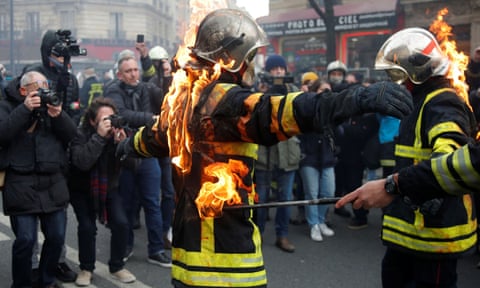
source: The Guardian
Overview of Legal Requirements for FR Clothing in the Workplace
The Occupational Safety and Health Administration (OSHA) mandates that employers provide fire-retardant (FR) clothing as personal protective equipment (PPE) to workers in industries with significant fire hazards. This includes sectors like electrical, automotive, oil, and gas.
OSHA's regulations, notably under Title 29 of the Code of Federal Regulations (CFR), part 1910, line 269, require workers to wear clothing that electric arcs or flames can't burn when exposed to hazardous conditions. Employers are responsible for providing this clothing at their own expense and ensuring it meets OSHA standards.
The standard also specifies that the outer layer of clothing, excluding head, feet, and hands, must be flame resistant under certain hazardous conditions.
Consequences for Non-Compliance with NFPA 2112
Failure to comply with OSHA standards, including NFPA 2112, can lead to severe legal and financial consequences for employers. This includes potential liability for injuries sustained by employees in the absence of proper FR clothing.
Employers are required to ensure all FR clothing meets OSHA standards, is in functional condition, and is not too worn. Incorrect repairs, laundering, or repeated washing can compromise the FR properties, leading to non-compliance. OSHA's revisions have made FR clothing a mandatory part of PPE, and not adhering to these requirements can result in hefty fines and legal repercussions.
Fire-Resistant vs. Flame-Resistant Clothing
While often used interchangeably, 'fire-resistant' and 'flame-resistant' refer to clothing that protects against exposure to fire hazards. However, they may vary slightly based on industry-specific definitions. Generally, these terms denote materials that self-extinguish once the ignition source is removed, providing critical protection in hazardous environments.
Based on the definitions by the Merriam-Webster Dictionary,
fire-resistant: resistant to fire that for a specified time and under conditions of a standard heat intensity it will not fail structurally or allow transit of heat and will not permit the side away from the fire to become hotter than a specified temperature
fire-retardant: having the ability or tendency to slow up or halt the spread of fire (as by providing insulation)
Ensuring NFPA 2112 Compliance in FR Clothing Purchase
To verify NFPA 2112 compliance when purchasing FR clothing, consider the following tips:
-
Check for NFPA 2112 Certification: Look for labels or tags indicating NFPA 2112 certification.
-
Understand the Rating: Be aware of the garment’s arc rating and ensure it meets the required safety levels for the specific workplace.
-
Quality of Material: Ensure the clothing is made from materials that meet the NFPA 2112 standards.
-
Vendor Reputation: Purchase from reputable vendors known for compliance with safety standards.
For example, the Fonirra 100% Cotton Welding Work Wear FR Work Shirt meets NFPA 2112 standards, offering assurance of compliance and safety.
Industries and Professions Requiring NFPA 2112 Compliance
Common industries and professions where NFPA 2112 compliance is crucial include:
-
Electrical and Utility Workers: Especially those working around high voltage or near electrical arcs.
-
Oil and Gas Industry: Where exposure to flammable substances and high temperatures is common.
-
Chemical Manufacturers: Dealing with flammable chemicals that pose a risk of burns.
-
Metalworking and Foundries: Where molten metal and high heat environments are prevalent.
In these industries, the risk of flash fires, arc flashes, and other fire hazards make NFPA 2112-compliant FR clothing essential for the protection of industrial personnel.
Conclusion
The importance of flame-resistant clothing in the workplace, particularly in high-risk industries, is paramount. Adhering to OSHA standards and NFPA 2112 guidelines not only ensures legal compliance but more importantly, safeguards the lives and well-being of workers.
From understanding the differences between fire-resistant and flame-resistant clothing to selecting NFPA 2112 certified garments like those offered by Fonirra, employers have a crucial role in ensuring workplace safety.
Ultimately, the responsibility lies in recognizing and mitigating hazards through appropriate protective clothing, thereby fostering a safer work environment for all.

